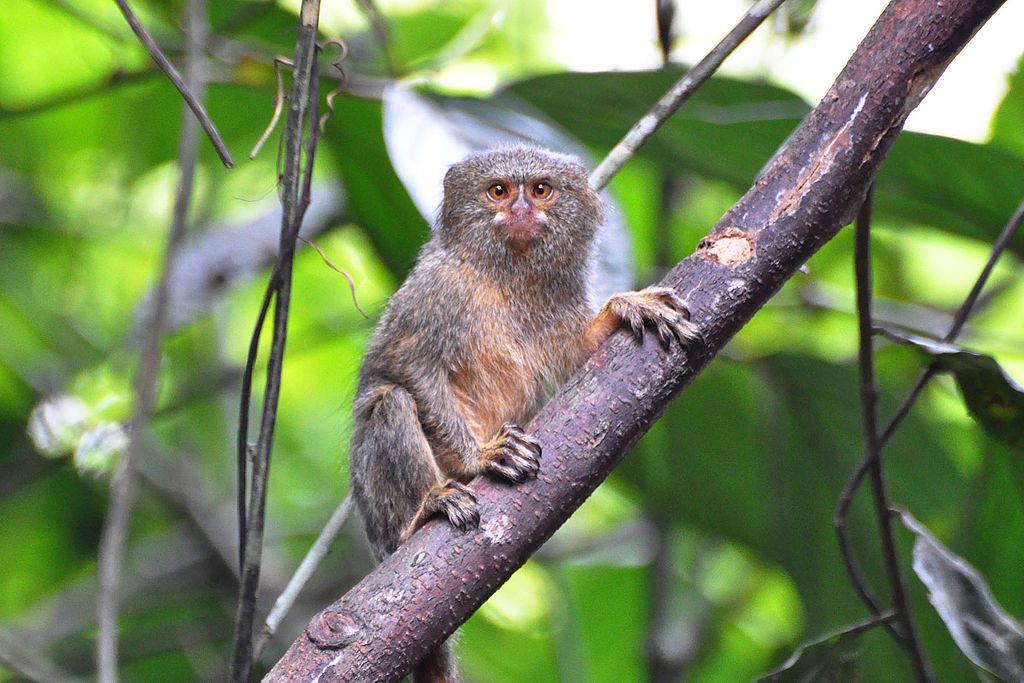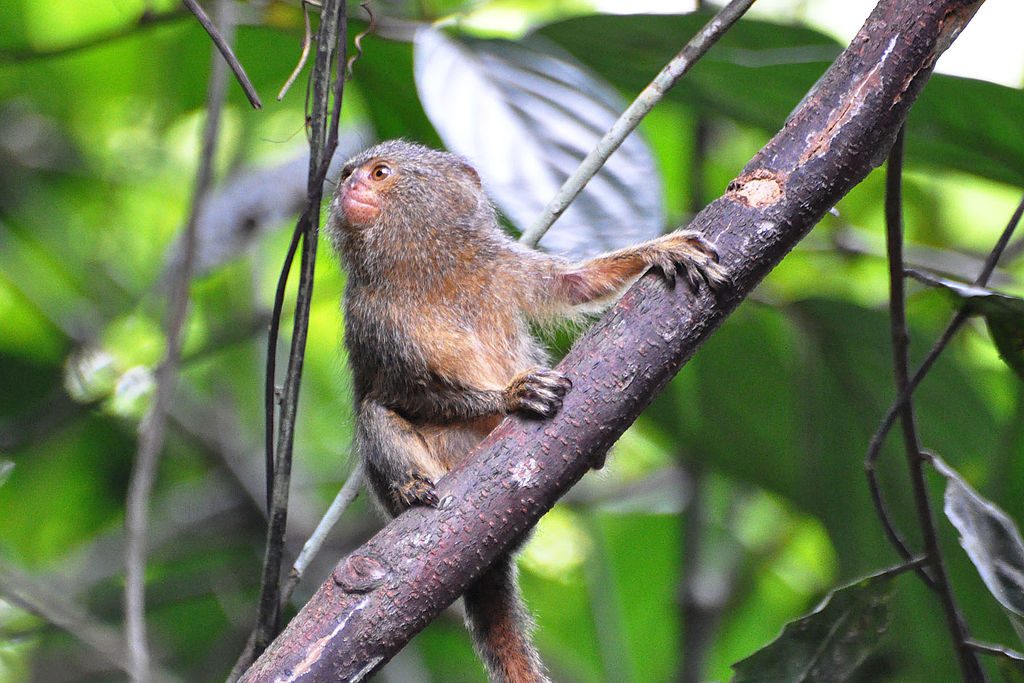
First discovered by a German researcher named Johann Spix in 1823, the itty bitty creatures, which average 0.2 pounds in weight, were named Cebuella pygmaea. Now, researchers have discovered there are actually two tiny species of marmoset in South America, one living in the northwest and one that primarily lives south of the Amazon River.
The research on the two separate species was done by scientists from England’s University of Salford and published recently in Molecular Phylogenics and Evolution (available here.)

Both species are closely related. They look similar, are about the size of a large tomato and feed on insects. Researchers only discovered the differences between them by looking closely at their genomes. They determined the two species of monkey likely split apart two to three million years ago.
The researchers from England, working in conjunction with scientists from Brazilian and U.S. research institutes, became the first group to discover the evolutionary history of primates using genomics.

Researchers are likely to uncover additional species using the same techniques — perhaps even more species of pygmy marmoset. The recent study was conducted solely in Brazil, but the little monkeys also live in Columbia, Peru, Ecuador and Bolivia.
“There has long been confusion over the taxonomy of these wonderful creatures…” Professor Jean Boubli, who led the study, said in a statement. “The beauty of genomics means that we can now see the pygmy marmoset is a term for two species which have been evolving independently for nearly 3 million years.”




